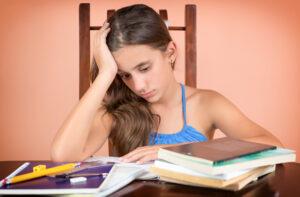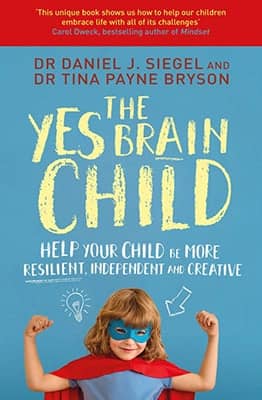What’s Been Happening in Science?
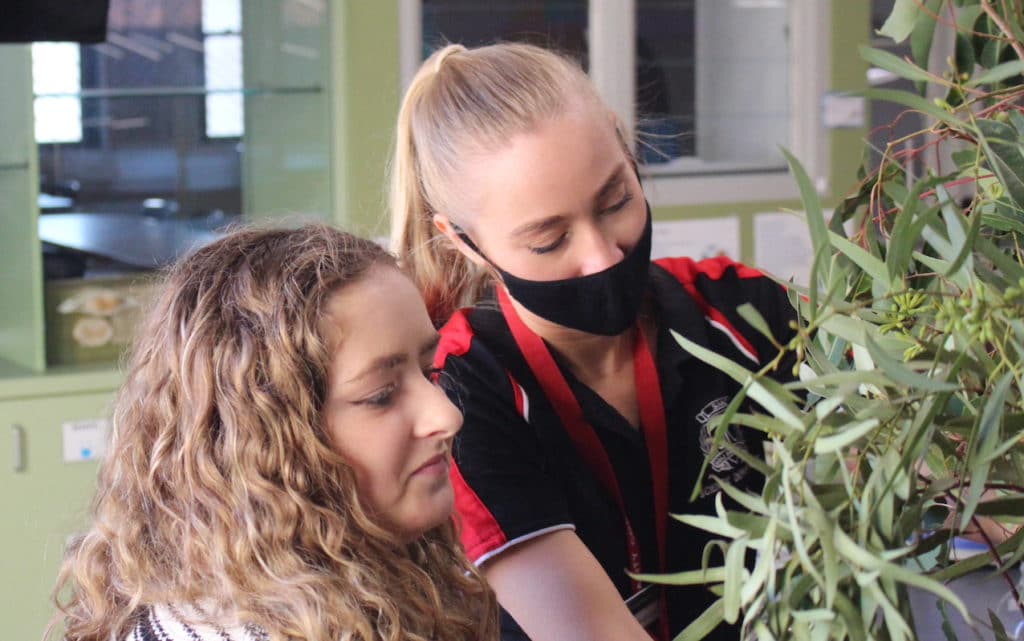
There is always lots happening throughout the Science labs and classrooms, so this week we thought we’d share some of what our Years 7 – 10 students have been working on.
Science has recently welcomed new technician Ashleigh Gibbs to the team. Year 12 student, Emma Hall has been doing her work placement with the technicians, helping to set up and prepare experiments. Both are doing a wonderful job caring for the live animals, including the stick insects, and silkworms, which have just cocooned, and everyone’s favourite Pogo, the Western Bearded Dragon who has spent this week shedding his skin, ignoring his fruit and vegetables for crickets and mealworms.
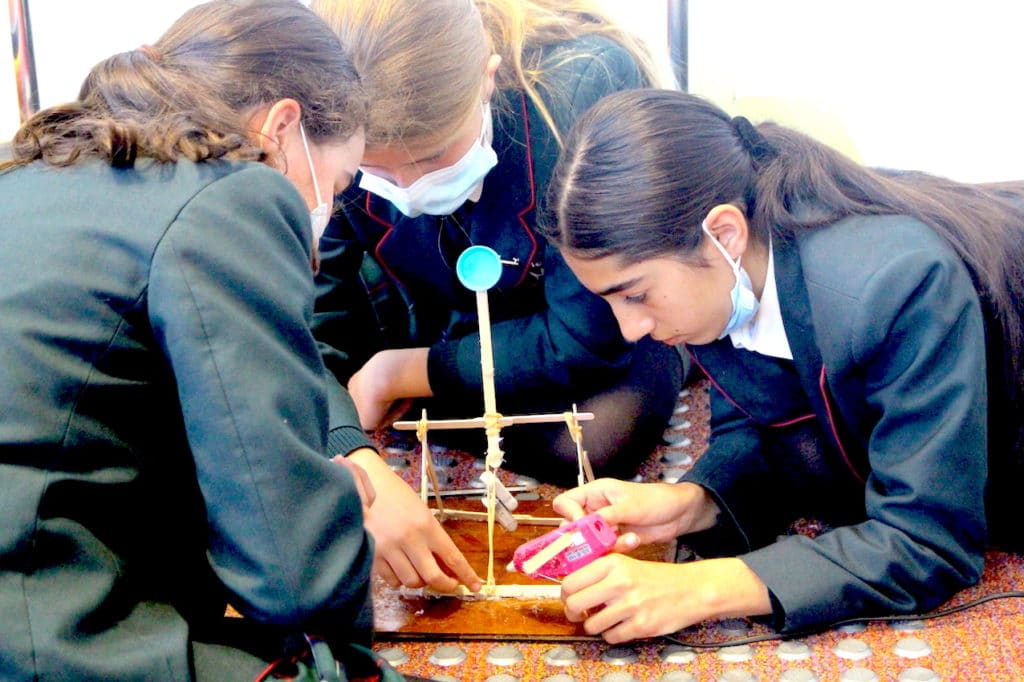
Year 7 Science
This term the Year 7 students have been doing a unit of work in Chemistry with a focus on learning about pure substances, mixtures, solutions and separation techniques. The students have enjoyed the numerous practical activities, as well as the everyday applications of the concepts.
“In Year 7 chemistry, we have been learning about mixtures and solutions, and how we can apply these in our everyday lives. We have been learning how to identify and separate solutions through methods such as decantation, filtration, distillation, etc. This has made me think about how much we use chemistry and mixtures in our everyday lives, whether it be straining pasta and rice or learning about desalination that provides clean water for us”. Sophie McCarthy
STEngineers
In STEngineers we have been working on building a ball launcher. The girls have made mini catapults to give them an idea of what design works and then they have been able to use those results to build a more effective ball launcher. They have been given a finite list of materials and are following the engineering design process where they build, then test and redesign their product if necessary. The goal is to make their ball launcher launch the ball the furthest.
“Recently in STEngineers we have been building catapults and ball launchers. We have been designing, building, testing and re-designing them so that we get the perfect result. Our aim is to have a ball land in a receiver that we design and make ourselves. Each material costs a certain number of points, so we have to try to use as little materials as possible, as they take away from our overall score (how many centimetres the tin foil ball goes). We have been creative by collaborating and combining the best of ideas to create a perfect design that cost little points and goes far”. Sophie Dowsett
Year 8 Science
In Science over the last few weeks, we have been exploring the topic of energy. We have learnt how energy can be transformed and transferred, and how to draw a Sankey diagram which helps us figure out the energy efficiency of appliances. Throughout this topic we have learned how to be more energy efficient with using the appliances, to help us look after the environment and save us money! Hannah Hepton & Isla Field
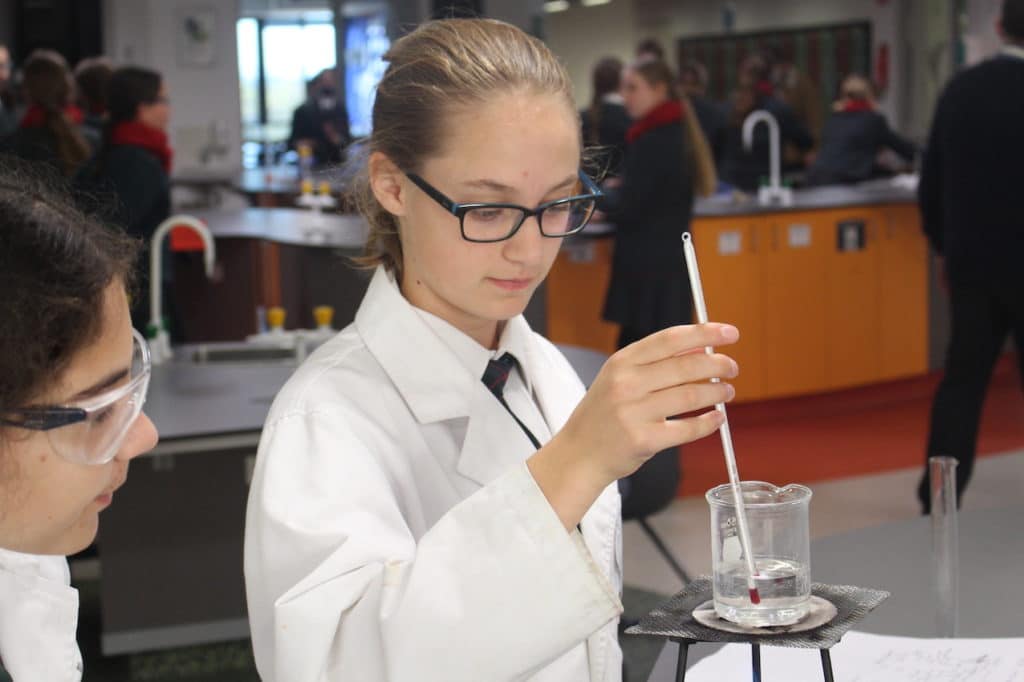
Science Quest
Year 8 Science Quest students are currently learning how to analyse hair samples to solve crimes through DNA evidence. Students now know how to tell the difference between hair samples from different species and hair samples from different individuals.
Year 9 Science
In Year 9 Science this week we have been exploring the periodic table, the girls were introduced to the elements, and we sang a little song to help them remember the first 20 of them. The electron shell theory was introduced and some of the girls are already asking us what Chemistry looks like in Year 10. The girls now know the difference between atomic number and atomic mass and have been very excited to draw the electron shell diagrams for the first 20 elements. The girls also completed a mini quiz to test their understanding and knowledge of the atom.
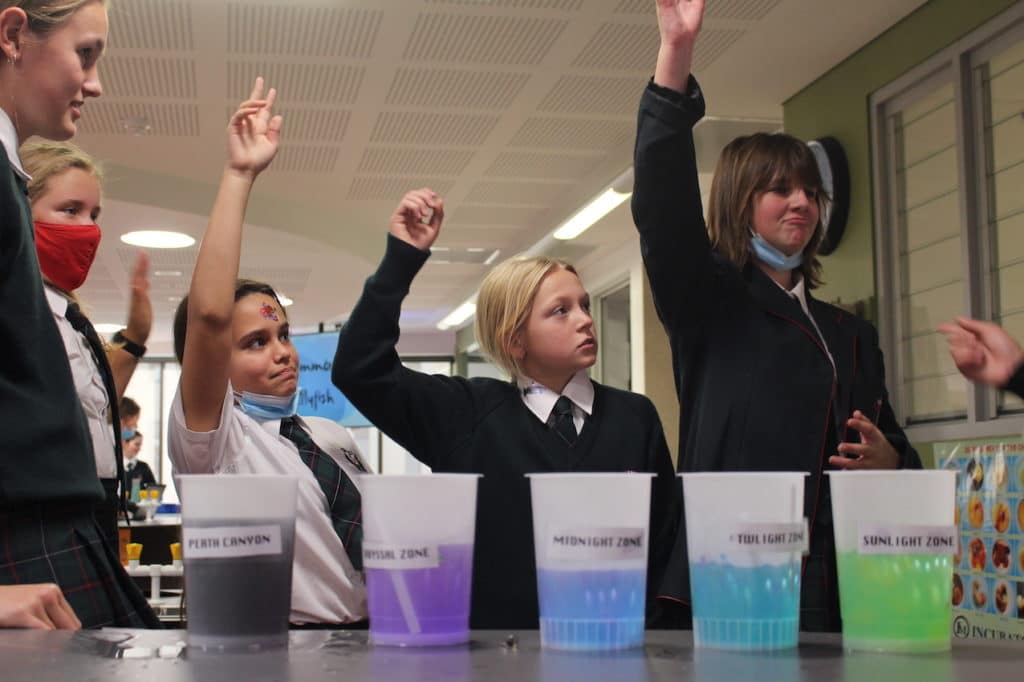
Marine Science
“This term in Marine Science we have been given the challenge to create our own mini lesson to teach the Years 5s about a topic of our choice. Our group chose to teach about saltwater crocodiles, and we looked at two different aspects of their life: how to catch prey using the death roll and how crocodiles can have mutualistic relationships with other animals such as birds. We found it surprising that in nature crocodiles open their mouths and let birds fly in to clean and eat the leftover food and scraps out of their teeth, and this was what we based our activity on. We are very much looking forward to seeing how it all goes next Monday”. Alice Simmonds & Summer Coster
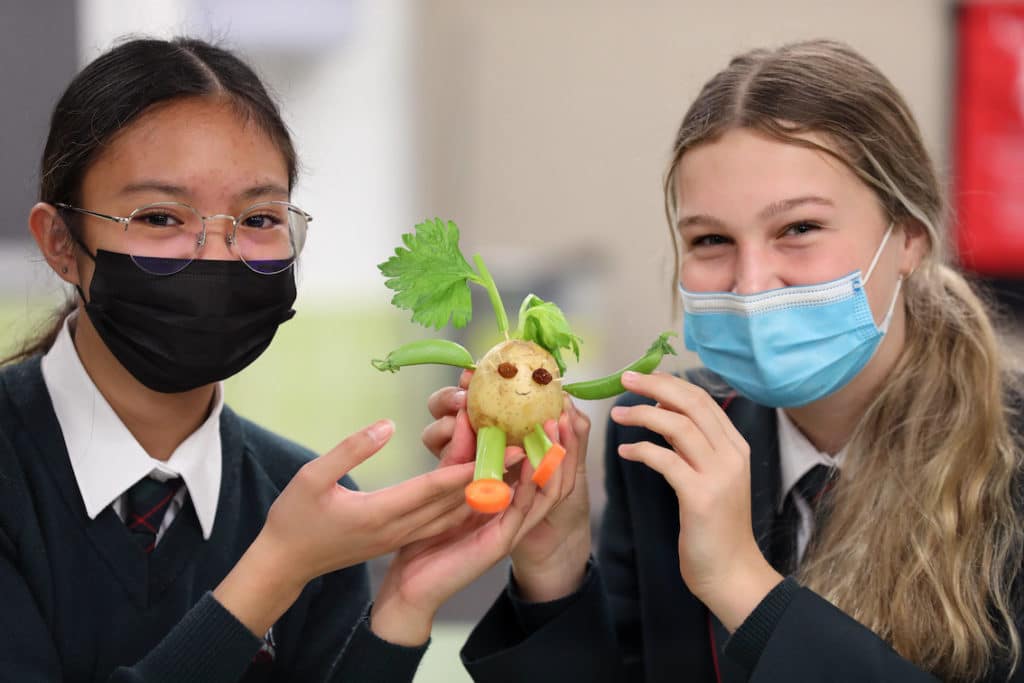
Year 10 Science
Human Biology
In Year 10 Human Biology we have been studying genes and inheritance. The girls did an activity where they randomly selected a gene from each imaginary parent. For example, hair, eyes and leg length. They then constructed the offspring out of vegetables using different vegetables for different characteristics. The result was a lovely little group of vegetable babies. The girls now understand how our genes code for different physical traits.
Global Science
In Year 10 Global Science we focus on Human Biology throughout Term 2. We commenced the term exploring cells as the basic structural and functional unit of life. To study cell structure, the girls practiced their microscope skills looking at a variety of different specimens at a magnified level. A highlight for the girls when learning these skills, was when they engaged in a stations activity where they were able to view multiple slides (such as ovarian and uterine cells) and use information cards to determine which cell it was.
As part of their first assessment task, the girls created cell models. They were given the challenge to be as creative as possible and source unusual materials to form the organelles. The result was fabulous, with girls using food items, clay, buttons and various recycled materials to create their 3D model. We are now finishing the term using our understanding of cells to explore body systems.
BrainSTEM
As a part of our BrainSTEM class this term we had to research, plan, design, conduct and report on an investigation into some aspect of memory. Each person in the class conducted a different investigation. I investigated the effect of coloured ink on short term memory to determine whether red, blue, or black ink affects the number of words recalled after two-minutes of memorisation. From the results it was found that the red ink is best for short term memory with an average of 16.3 words, closely followed by blue with an average of 16.1 words then black with only an average of 15 words recalled. Lisinda Johnston
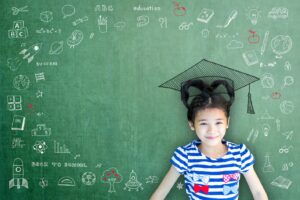
The Power of Expectations in Shaping Student Success – Jennifer Oaten
Discover the transformative impact of expectations on student success. Learn how belief shapes outcomes in education and beyond.
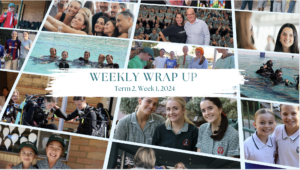
Weekly Wrap Up: Term 2, Week 1, 2024
Term 2 has kicked off with a bang! We enjoyed the Year 11 Father-Daughter evening, celebrated Earth Day, and welcomed Dr. Mark Williams.
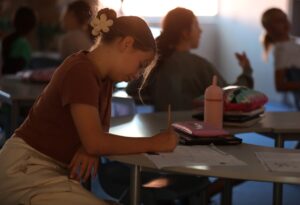
Inspiring Change: Earth Day 2024
Our Earth Day celebration this week was a powerful reminder of our collective responsibility to protect our planet for future generations.
- AnalyticalSkills, CriticalThinking, Curiosity, Featured, Learning4Life
Author: Santa Maria College
Santa Maria College is a vibrant girls school with a growing local presence and reputation. Our Mission is to educate young Mercy women who act with courage and compassion to enrich our world. Santa Maria College is located in Attadale in Western Australia, 16 km from the Perth CBD. We offer a Catholic education for girls in Years 5 – 12 and have 1300 students, including 152 boarders.
